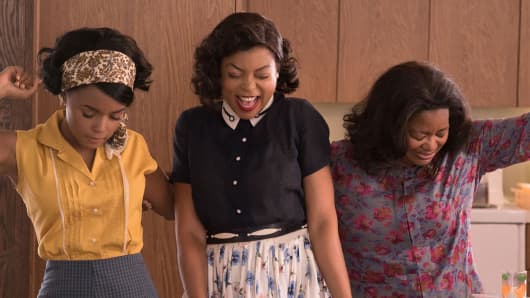Oscar nominees tend to score higher than average for both viewers and critics, but since 1990 the viewers' opinion has been a better predictor of the winner, according to a CNBC analysis of data from film review site Rotten Tomatoes.
The winning film is liked more by audiences than the average nominee 81 percent of the time, and it is the highest rated film of that year 35 percent of the time. By comparison, the winner is the critical favorite only 12 percent of the time.
Critics and movie goers don't always see eye-to-eye. The 1999 cult favorite "Boondock Saints", for example, was widely panned by critics, but is beloved by 91 percent of the 335,000 audience members who rated it on Rotten Tomatoes.
The same holds true for Oscar nominees for best picture—some are crowd favorites while others are critical darlings. The 1994 classic "Forrest Gump," for example, won over 95 percent of audience members, but was derided by nearly 30 percent of critics. A sampling of reviews included phrases like "heavy-handed," "stupid," "offensive," "morally repugnant," "wearisome as hell," and "a work of purest, blackest evil." It went on to win six Oscars, including best picture.
And critics loved the trained farm animals in "Babe" in 1995 and Helen Mirren's "remarkable" performance in 2006's "The Queen," while audiences were less enthused. Both movies lost in their best picture bids.




